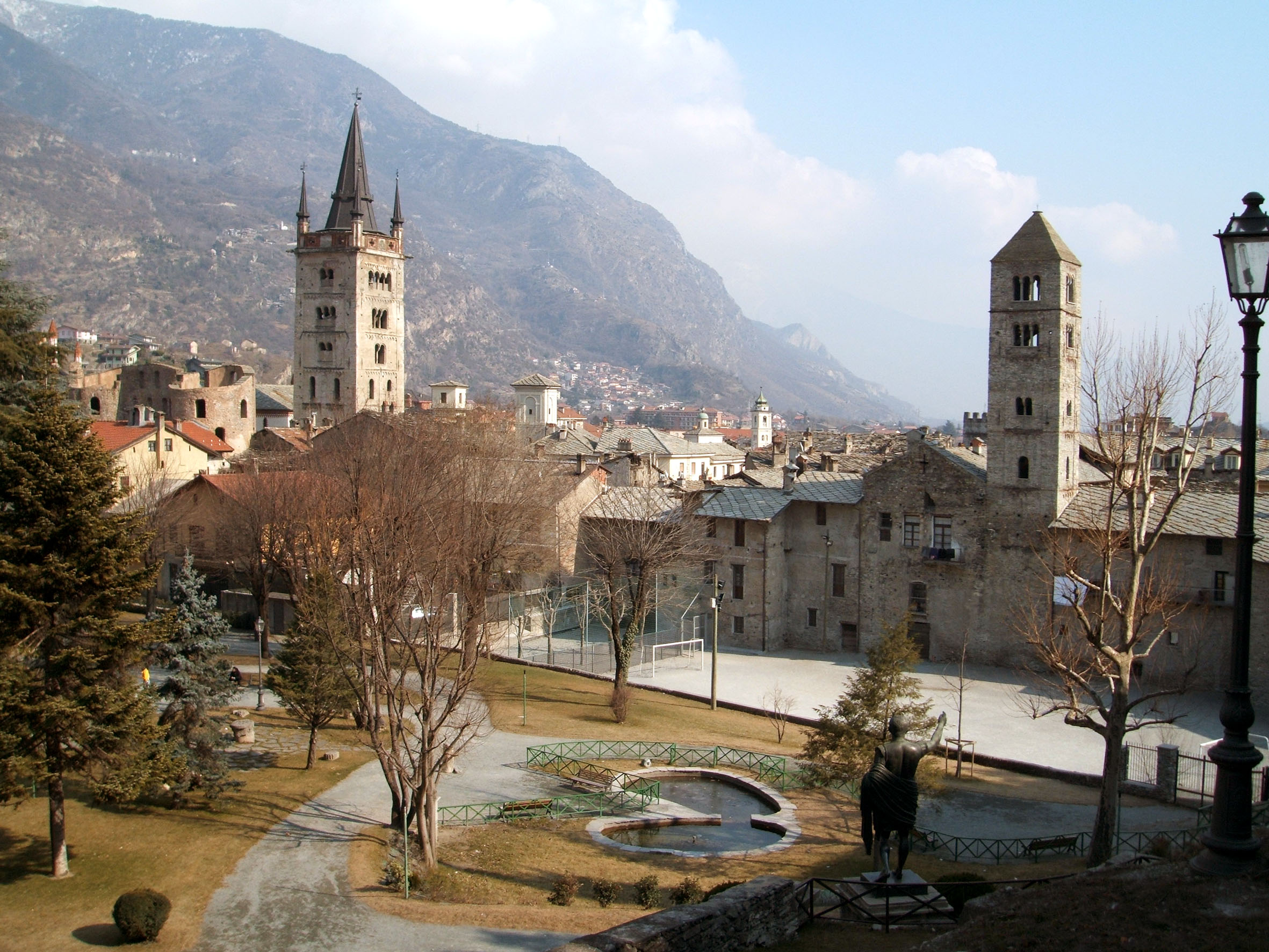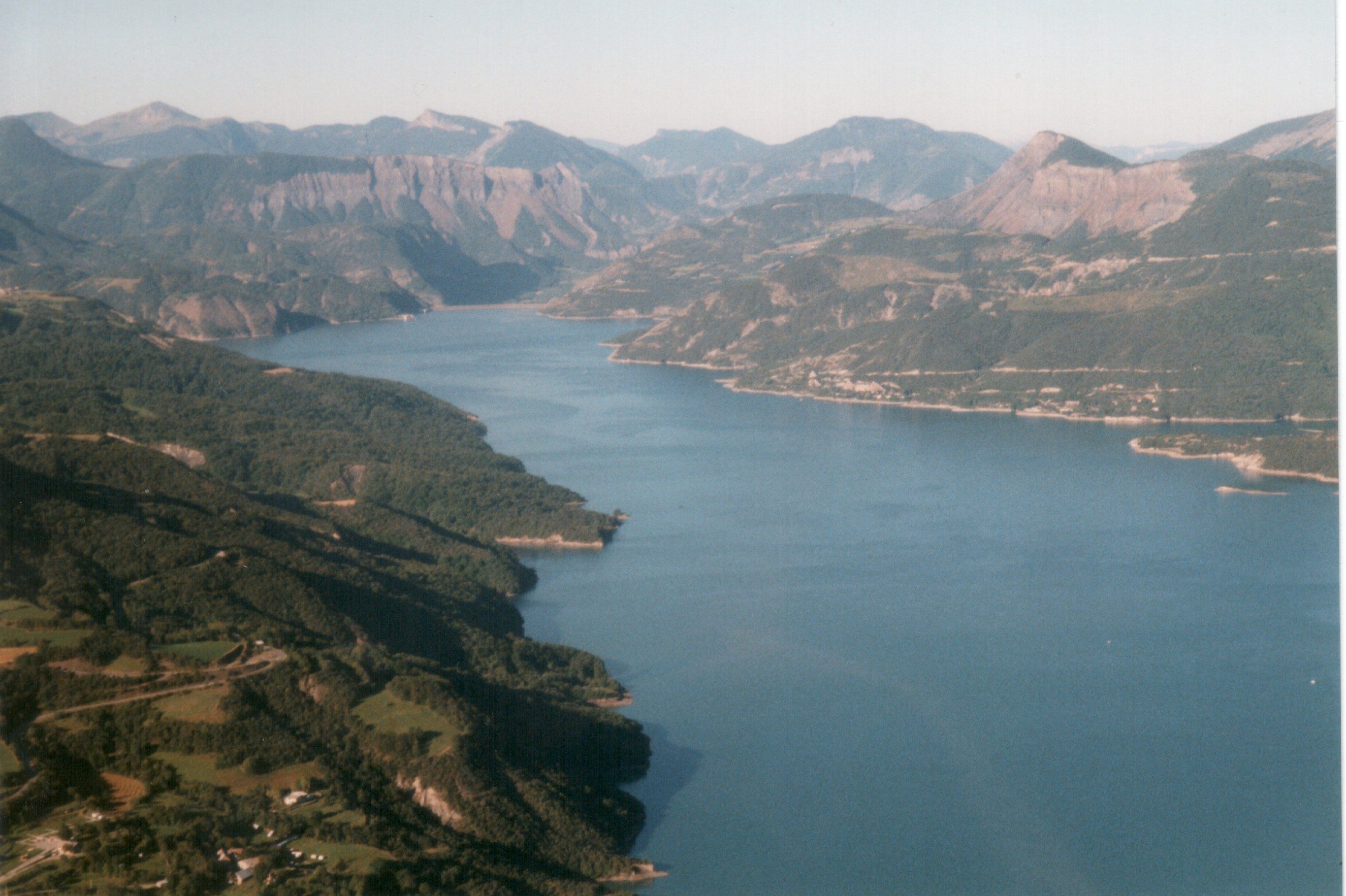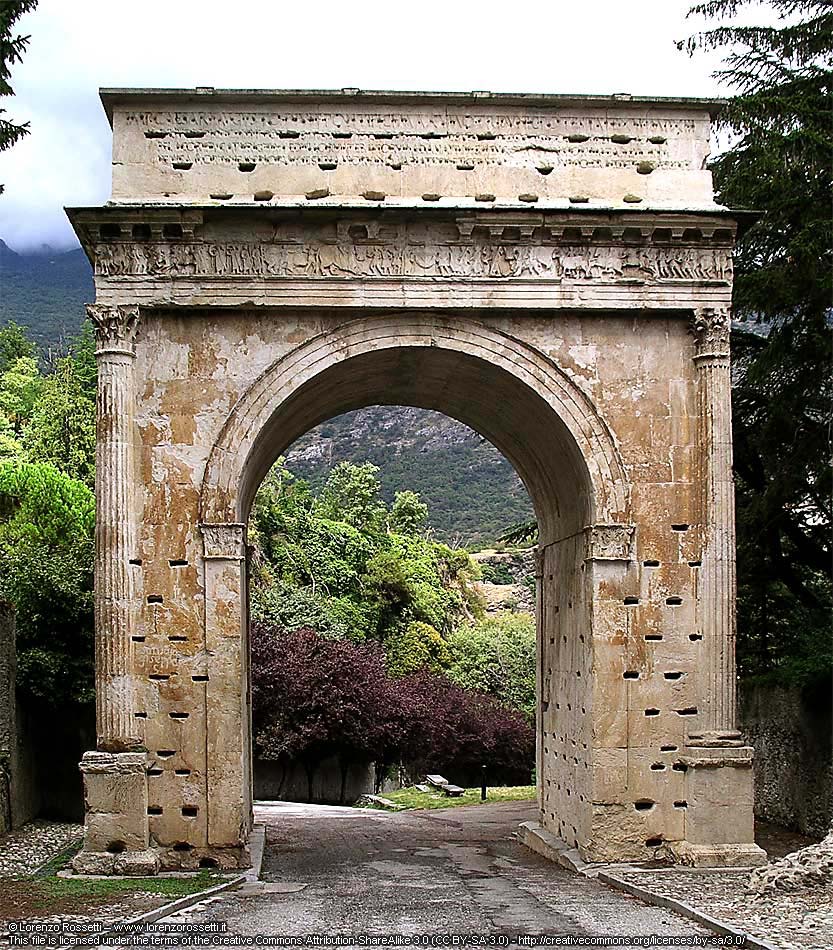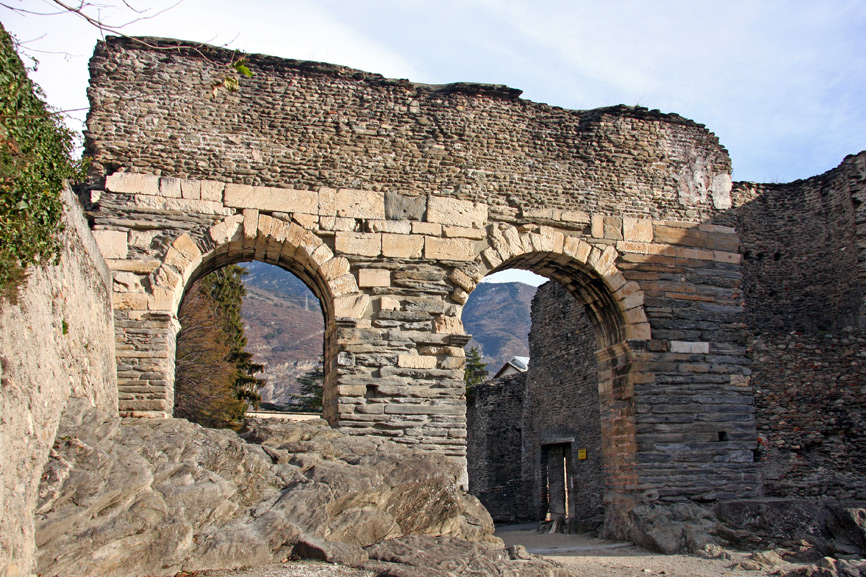|
Cottius
Marcus Julius Cottius was King of the Celtic and Ligurian inhabitants of the mountainous Roman province then known as '' Alpes Taurinae'' and now as the Cottian Alps early in the 1st century BC. Son and successor to King Donnus, he negotiated a dependent status with Emperor Augustus that preserved considerable autonomy for his country, making him a Roman governor, and adopted Roman citizenship. Early relationship with Rome The friendship between Cottius's realm and Rome goes back at least to the reign of his father King Donnus; there is numismatic evidence which suggests that Donnus established friendly relations with Julius Caesar. As Caesar needed to cross the Cottii Regnum in 58 BC on his way to Gaul, he made an agreement with King Donnus to have his troops transported on his road as well as having a new paved road being built.Cornwell, H., Alpine Reactions to Roman Power, in Varga, R., Rusu-Bolindeț, V., (eds) Official Power and Local Elites in the Roman Provinces, p. 59 Thi ... [...More Info...] [...Related Items...] OR: [Wikipedia] [Google] [Baidu] |
Alpes Cottiae
The Alpes Cottiae (; English: 'Cottian Alps') were a small province of the Roman Empire founded in 63 AD by Emperor Nero. It was one of the three provinces straddling the Alps between modern France and Italy, along with the Alpes Graiae et Poeninae and Alpes Maritimae. The capital of the province was Segusio (modern Susa, Piedmont). Other important settlements were located at Eburodunum and Brigantio (Briançon). Named after the 1st-century BC ruler of the region, Marcus Julius Cottius, the toponym survives today in the Cottian Alps. History The province had its origin in a local chiefdom controlled by the enfranchised king Marcus Julius Donnus, who ruled over Ligurian tribes of the region by the middle of the 1st century BC. He was succeeded by his son, Marcus Julius Cottius, who offered no opposition to the integration of his realm into the Roman imperial system under Emperor Augustus in 15–14 BC, then kept on ruling on native tribes as a ''praefectus civitatium'' of a ... [...More Info...] [...Related Items...] OR: [Wikipedia] [Google] [Baidu] |
Liguri
The Ligures (singular Ligur; Italian: liguri; English: Ligurians) were an ancient people after whom Liguria, a region of present-day north-western Italy, is named. Ancient Liguria corresponded more or less to the current Italian region of Liguria. However, this region was much larger than today's borders. To the north the boundary was the Po river in present-day Piedmont, to the west it was the Var river in the Alpes Maritimes, to the east it was the Magra river as is still the case . And to the south, the region has been bordered since the dawn of time by the Ligurian Sea. This region is therefore very mountainous including the south of the Alps and the Ligurian Apennines. Little is known about the ancient language of the Ligurians because there are no known written records or inscriptions in it, and because it is not known where the ancient Ligurian people originally came from, an autochthonous origin is increasingly probable. This mysterious alphabet is found thr ... [...More Info...] [...Related Items...] OR: [Wikipedia] [Google] [Baidu] |
Ligures
The Ligures (singular Ligur; Italian: liguri; English: Ligurians) were an ancient people after whom Liguria, a region of present-day north-western Italy, is named. Ancient Liguria corresponded more or less to the current Italian region of Liguria. However, this region was much larger than today's borders. To the north the boundary was the Po river in present-day Piedmont, to the west it was the Var river in the Alpes Maritimes, to the east it was the Magra river as is still the case . And to the south, the region has been bordered since the dawn of time by the Ligurian Sea. This region is therefore very mountainous including the south of the Alps and the Ligurian Apennines. Little is known about the ancient language of the Ligurians because there are no known written records or inscriptions in it, and because it is not known where the ancient Ligurian people originally came from, an autochthonous origin is increasingly probable. This mysterious alphabet is found th ... [...More Info...] [...Related Items...] OR: [Wikipedia] [Google] [Baidu] |
Arch Of Augustus (Susa)
The Arch of Augustus is an important monument constructed in the city of Susa, Piedmont, in the province of Turin. It was originally built at the end of the 1st century BC to record the renewed alliance between Emperor Augustus and Marcus Julius Cottius, a Celto-Ligurian ruler who had been made king and Roman prefect of the Cottian Alps. The arch, together with other remains from the period, such as the Roman amphitheatre and a Roman aqueduct, underscore the importance that the city of Susa had during the Roman period. Description From above, the arch forms a rectangle 11.93 metres long and 7.3 metres wide. It rests on two large bases and there is only one archway. The white marble of the arch was sourced from a nearby quarries at Fornesto and Tre Piloni. The arch has a unique arcade, in which the archivolt is supported by pilasters. The entablature rests on four Corinthian columns placed at the extremities of each corner, such that a quarter of each drum is embedded in the mon ... [...More Info...] [...Related Items...] OR: [Wikipedia] [Google] [Baidu] |
Cottian Alps
The Cottian Alps (; french: Alpes Cottiennes ; it, Alpi Cozie ) are a mountain range in the southwestern part of the Alps. They form the border between France (Hautes-Alpes and Savoie) and Italy (Piedmont). The Fréjus Road Tunnel and Fréjus Rail Tunnel between Modane and Susa are important transportation arteries between France (Lyon, Grenoble) and Italy (Turin). Etymology The name ''Cottian'' comes from '' Marcus Julius Cottius'', a king of the tribes inhabiting that mountainous region in the 1st century BC. Under his father Donnus, these tribes had previously opposed but later made peace with Julius Caesar. Cottius was succeeded by his son Gaius Julius Donnus II (reigned 3 BC-4 AD), and his grandson Marcus Julius Cottius II (reigned 5-63 AD), who was granted the title of king by the emperor Claudius. On his death, Nero annexed his kingdom as the province of Alpes Cottiae. History For a long part of the Middle Ages the Cottian Alps were divided between the Duchy of Savoy ... [...More Info...] [...Related Items...] OR: [Wikipedia] [Google] [Baidu] |
Donnus
The chieftain called by Latins Donnus was the ruler of the Ligurian tribes inhabiting the mountainous region now known as the Cottian Alps during the 1st century BC. Although initially an opponent of Julius Caesar during the latter's conquest of Gaul, Donnus later made peace with him. Donnus' son and successor, Cottius, initially maintained his independence in the face of Augustus' effort to subdue the various Alpine tribes, but afterwards agreed to an alliance, and the family continued to rule the region as prefects of Rome, until Nero annexed the dominion as the province of Alpes Cottiae. His name was first cited in the Arch of Augustus of Susa engraving. See also * Alpes Cottiae (the original Roman province) * Cottian Alps * Cottius * Arch of Augustus (Susa) * Susa, Piedmont Susa ( lat, Segusio, french: Suse, frp, Suisa) is a town and ''comune'' in the Metropolitan City of Turin, Piedmont, Italy. In the middle of Susa Valley, it is situated on at the confluence of the C ... [...More Info...] [...Related Items...] OR: [Wikipedia] [Google] [Baidu] |
Cottii Regnum
Cottii Regnum was a small independent kingdom in northwestern Italy. It included most of an important road over the pass of Mont Genevre and Mont Cenis into Gaul. The pass was in use by about 100 BC. In 58 BC, Julius Caesar met with some resistance on crossing it, but seems afterwards to have entered into friendly relations with Donnus, the king of the district; he must have used it frequently, and referred to it as the shortest route. Donnus's son Cottius erected the triumphal arch at his capital Segusio, the modern Susa, in honour of Augustus. The kingdom was included in the Roman Empire under Nero about AD 64, when it became a province under the title of "Alpes Cottiae," being governed by a procurator Augusti Procurator (plural: ''Procuratores'') was a title of certain officials (not magistrates) in ancient Rome who were in charge of the financial affairs of a province, or imperial governor of a minor province. Fiscal officers A fiscal procurator (' ..., though it still ke ... [...More Info...] [...Related Items...] OR: [Wikipedia] [Google] [Baidu] |
Roman Province
The Roman provinces (Latin: ''provincia'', pl. ''provinciae'') were the administrative regions of Ancient Rome outside Roman Italy that were controlled by the Romans under the Roman Republic and later the Roman Empire. Each province was ruled by a Roman appointed as governor. For centuries it was the largest administrative unit of the foreign possessions of ancient Rome. With the administrative reform initiated by Diocletian, it became a third level administrative subdivision of the Roman Empire, or rather a subdivision of the imperial dioceses (in turn subdivisions of the imperial prefectures). Terminology The English word ''province'' comes from the Latin word ''provincia''. In early Republican times, the term was used as a common designation for any task or set of responsibilities assigned by the Roman Senate to an individual who held ''imperium'' (right of command), which was often a military command within a specified theatre of operations. In time, the term became t ... [...More Info...] [...Related Items...] OR: [Wikipedia] [Google] [Baidu] |
Col De Montgenèvre
The Col de Montgenèvre (; elevation 1860 m.) is a high mountain pass in the Cottian Alps, in France 2 kilometres away from Italy. Description The pass takes its name from the village Montgenèvre (Hautes-Alpes), which lies in the vicinity. It links Briançon in the upper Durance valley with the Susa Valley and its communes of Cesana Torinese and Susa in the Metropolitan City of Turin, Piedmont. The Col de Montgenèvre is an important road connection, and is kept open in winter. Its importance has always lain in the fact that it is the lowest of the principal crossings of the main range of the Alps between France and Italy. History It was known to the Romans before 118 BC, when Gnaeus Domitius Ahenobarbus started construction of the Via Domitia road, which terminated at the pass. Roman General Pompey used it on his campaign to Spain in 77 BC and claimed to have opened up a more favorable route. It was later used by Julius Caesar in travelling to Gaul and then became ... [...More Info...] [...Related Items...] OR: [Wikipedia] [Google] [Baidu] |
Salassi
The Salassi or Salasses were a Gallic or Ligurian tribe dwelling in the upper valley of the Dora Baltea river, near present-day Aosta (Val d'Aosta), during the Iron Age and the Roman period. Name They are mentioned as ''dià Salassō̃n'' (διὰ Σαλασσῶν) by Polybius (2nd c. BC) and Strabo (early 1st c. AD), as ''Salassi'' by Livy (late 1st c. BC), as ''Salassos'' by Pliny (1st c. AD), as ''Salasíon'' (Σαλασίον) by Ptolemy (2nd c. AD), as ''Salassoí'' (Σαλασσοί) by Appian (2nd c. AD)., s.v. ''Salassi''. The origin of the ethnic name ''Salassi'' remains unclear. If Celtic, it may derive from the root ''sal''-, with various possible explanations regarding the word-formation. According to Cato the Elder and Strabo, the Salassi were a Ligurian tribe. Geography The Salassi lived in the upper valley of the Dora Baltea river, where they controlled the Great and Little St Bernard passes in the Alps, collecting road tolls, and gold and iron mines. Thei ... [...More Info...] [...Related Items...] OR: [Wikipedia] [Google] [Baidu] |
Ammianus Marcellinus
Ammianus Marcellinus (occasionally Anglicisation, anglicised as Ammian) (born , died 400) was a Roman soldier and historian who wrote the penultimate major historical account surviving from Ancient history, antiquity (preceding Procopius). His work, known as the ''Res Gestae'', chronicled in Latin the history of Rome from the accession of the Emperor Nerva in 96 to the death of Valens at the Battle of Adrianople in 378, although only the sections covering the period 353 to 378 survive. Biography Ammianus was born in the East Mediterranean, possibly in Syria Palaestina, Syria or Phoenice (Roman province), Phoenicia, around 330. His native language is unknown but he likely knew Greek as well as Latin. The surviving books of his history cover the years 353 to 378. Ammianus served as an officer in the army of the emperors Constantius II and Julian (emperor), Julian. He served in Gaul (Julian) and in the east (twice for Constantius, once under Julian). He professes to have been "a f ... [...More Info...] [...Related Items...] OR: [Wikipedia] [Google] [Baidu] |
Caesar Augustus
Caesar Augustus (born Gaius Octavius; 23 September 63 BC – 19 August AD 14), also known as Octavian, was the first Roman emperor; he reigned from 27 BC until his death in AD 14. He is known for being the founder of the Roman Principate, which is the first phase of the Roman Empire, and Augustus is considered one of the greatest leaders in human history. The reign of Augustus initiated an imperial cult as well as an era associated with imperial peace, the ''Pax Romana'' or '' Pax Augusta''. The Roman world was largely free from large-scale conflict for more than two centuries despite continuous wars of imperial expansion on the empire's frontiers and the year-long civil war known as the "Year of the Four Emperors" over the imperial succession. Originally named Gaius Octavius, he was born into an old and wealthy equestrian branch of the plebeian ''gens'' Octavia. His maternal great-uncle Julius Caesar was assassinated in 44 BC, and Octavius was named in Caesar ... [...More Info...] [...Related Items...] OR: [Wikipedia] [Google] [Baidu] |






.jpg)
